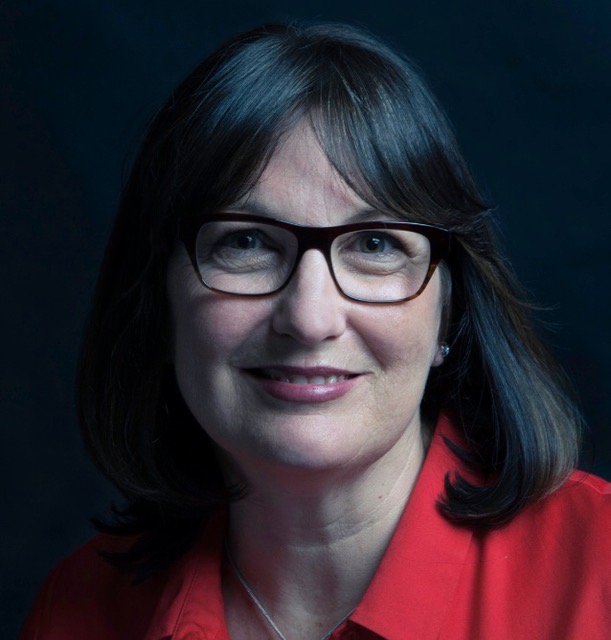Lynne Cazaly explains why agile isn’t a fad but rather a way of creating and delivering value to customers

All the talk about agile and agility in business creates plenty of interest and claims that perhaps it’s a fad or a cliché… but there is substance and history to the success of agile in business.
So where did this idea or way of working come from?
Agile began in the software development field – yes, those apps on your phone and the websites you interact with have in many cases been designed, developed, tested and delivered using an agile approach.
While hints at some of the elements of agile have been found in the 1950s onward, it was in 2001 that a group of software developers got together and created the landmark ‘Manifesto for Software Development’. http://agilemanifesto.org or this easy to read visual map http://www.lynnecazaly.com.au/the-visual-agile-manifesto/
The Agile Manifesto has served as a real beacon for software development – and increasingly other fields too - to help teams and organisations focus on the things that matter.
Things like:
- customer collaboration
- self-organizing teams
- satisfying the customer
- face-to-face communication
- welcoming changes even late in the process…
- are just part of the manifesto of four values and 12 principles
You can see why 20 years ago this was considered innovative and progressive yet today, so many more businesses adopt these ways of thinking and working – their survival depends on it.
Big name tech companies like Google, Spotify, Amazon, Salesforce, Cisco, Intuit and Microsoft have for many years had agile as part of how they think.
A-ha, this customer at the centre of things works. Who’d have thought! Techs, geeks and nerds are smart. They were on to this collaborative, communicative and iterative way of working before it was a thing!
I find it clever that even though techs, geeks and nerds are making incredibly hi-tech apps and software systems, they tend to use more analogue, hand-crafted and truly human ways of working. Collaboration, communication, transparency, conversations and feedback. This stuff works.
Increasingly financial institutions like ING, Rabobank, Commonwealth Bank and Westpac have adopted agile as a way of thinking too.
Recently the CEO of ANZ Bank, Shayne Elliott said he would be slashing the bank’s hierarchies and rigid structure to create a more agile environment just like the Agile Manifesto outlines.
Beyond their technical skills, techs, geeks and nerds know something! Agile isn’t a fad; it’s a very cool way of creating and delivering wonderful value to customers.
This is the second in a series of articles about agile and business agility. Next: Who else is using agile beyond tech and software.
 Lynne Cazaly is an international keynote speaker, author and facilitator.
Lynne Cazaly is an international keynote speaker, author and facilitator. She is the author of five books including:
• Agile-ish: How to build a culture of agility
• Leader as Facilitator: How to engage, inspire and get work done
• Making Sense: A Handbook for the Future of Work
She works with executives, senior leaders and project teams on their major change and transformation projects. Lynne is an experienced board director and chair and on the Faculty of Thought Leaders Business School. More info at www.lynnecazaly.com



